Ever wonder whether a lack of interest in sex is a medical issue or simply part of who you are? The line between low libido vs asexuality can feel blurry, especially when you’re navigating relationships, health appointments, or personal identity. Below you’ll find a plain‑spoken guide that helps you spot the tell‑tale signs, run a quick self‑check, and know when to call a professional.
What Is Low Libido?
Low Libido is a condition where an individual experiences a reduced or absent sexual desire that is inconsistent with their usual baseline. It often shows up as a sudden dip in interest, difficulty becoming aroused, or an overall feeling that sex just isn’t on the agenda. Low libido can affect anyone, but it’s most commonly reported by people dealing with hormonal changes, stress, or medication side effects.
- Hormonal Imbalance: Low testosterone in men, estrogen drops during menopause, or thyroid issues can mute desire.
- Psychological Factors: Depression, anxiety, and chronic stress are frequent culprits.
- Medication Side Effects: Antidepressants, blood pressure drugs, and certain hormonal contraceptives can dampen drive.
- Lifestyle: Poor sleep, excessive alcohol, and sedentary habits reduce overall energy, including sexual energy.
People with low libido usually still experience occasional moments of desire, especially when they’re relaxed, physically healthy, or emotionally connected to a partner.
What Is Asexuality?
Asexuality is a sexual orientation where a person experiences little to no sexual attraction to any gender. It’s not a disorder; it’s a stable, lifelong identity for many. Asexual people often describe a “blank” feeling when it comes to sexual desire, regardless of circumstances.
- Spectrum: Some asexual folks feel romantic attraction (heteroromantic, homoromantic, etc.) while still lacking sexual drive-this is called the “ace spectrum.”
- Consistent Across Situations: Even in relaxed, intimate, or highly stimulating environments, the lack of sexual attraction remains.
- Identity, Not Symptom: Asexuality isn’t caused by medical issues, hormone levels, or stress; it’s an inherent part of how a person experiences attraction.
If you’ve never felt a spark of sexual interest, and that feeling has been steady for years, asexuality may describe you better than low libido.
Key Differences at a Glance
- Cause: Low libido is usually a symptom of an underlying factor (hormones, meds, mood). Asexuality is an orientation, not a symptom.
- Variability: Low libido can fluctuate day‑to‑day; asexuality stays constant.
- Physical Response: People with low libido often still have normal physiological arousal (erection, lubrication) when stimulated. Asexual individuals may not experience arousal even with direct stimulation.
- Emotional Lens: Low libido often comes with frustration, guilt, or relationship tension. Asexuality usually carries a sense of self‑acceptance once identified.
- Treatment Path: Low libido can improve with hormone therapy, counseling, or lifestyle changes. Asexuality does not require “treatment”-it needs respect and understanding.
Self‑Assessment Checklist
- When did the lack of desire start? Sudden change? (leans toward low libido) vs. lifelong pattern? (leans toward asexuality).
- Do you ever feel any sexual attraction, even sparingly? If yes, note frequency.
- Are you on medications known to affect hormones or neurotransmitters?
- Have you experienced major stress, depression, or a hormonal event (e.g., menopause, thyroid diagnosis)?
- Do you experience physical signs of arousal (e.g., erection, vaginal lubrication) when directly stimulated?
- How do you feel about the label “asexual”? Does it resonate with your identity?
Answering these questions helps you see whether the issue is situational (low libido) or identity‑based (asexuality).
When to Seek Professional Help
If you tick several boxes under the low‑libido column-especially recent medication changes, hormonal shifts, or emotional distress-consider a medical evaluation. A typical work‑up includes:
- Blood tests for testosterone, estrogen, thyroid hormones, and prolactin.
- Review of current medications and possible side‑effects.
- Screening for depression or anxiety.
- Referral to a sexual health clinic or a therapist specializing in sexual wellbeing.
Therapies might range from hormone replacement, adjusting medication doses, to cognitive‑behavioral therapy focused on desire. If you suspect asexuality, a therapist experienced in gender and sexuality can help you explore identity without pathologizing it.
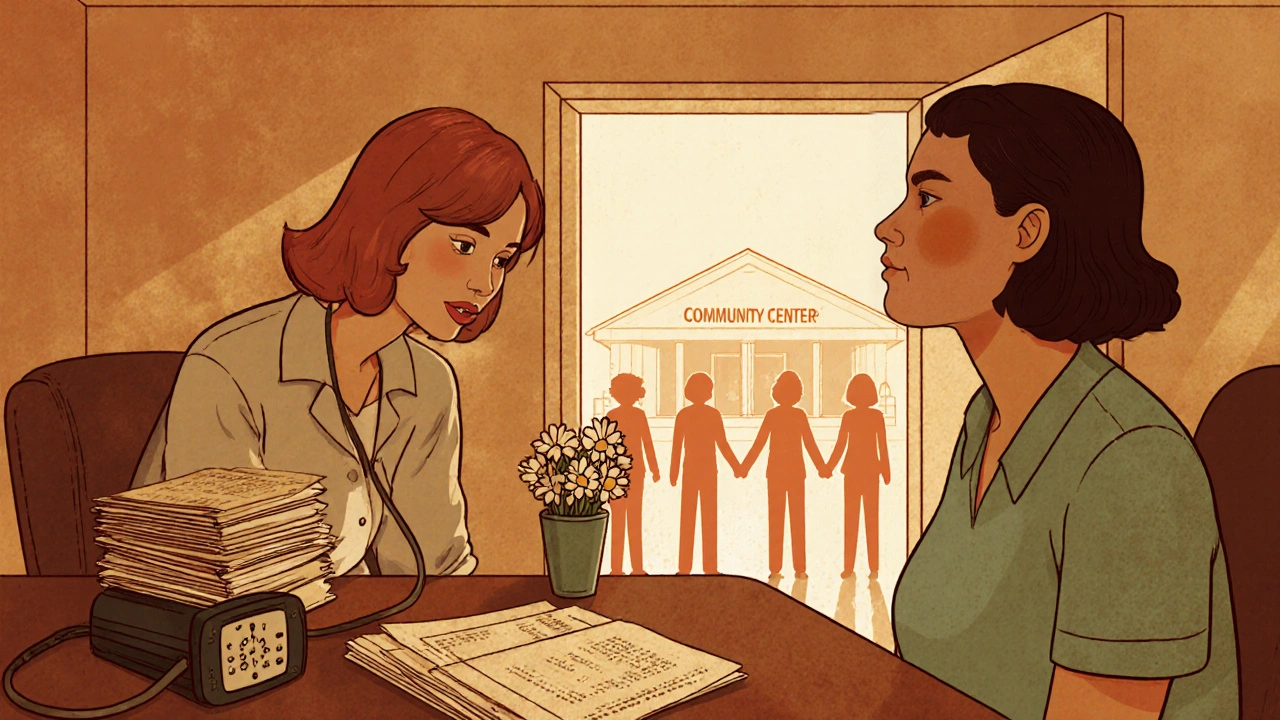
Side‑by‑Side Comparison Table
| Aspect | Low Libido | Asexuality |
|---|---|---|
| Root Cause | Hormonal, psychological, medication, lifestyle | Sexual orientation - innate lack of sexual attraction |
| Onset | Often recent or linked to a life event | Usually lifelong, consistent across life stages |
| Physical Arousal | Can occur with stimulation; just desire is low | Often absent even with direct stimulation |
| Emotional Response | Frustration, anxiety, relationship tension | Neutral or positive self‑acceptance |
| Typical Interventions | Hormone therapy, medication review, counseling | Education, community support, no medical treatment needed |
Quick Action Checklist
- Track your desire levels for two weeks - note any patterns.
- List all medications and recent health changes.
- Schedule a blood panel if you suspect hormonal issues.
- Talk to a therapist about any emotional distress.
- If you identify as asexual, seek out ace‑friendly resources and community groups.
Frequently Asked Questions
Can low libido turn into asexuality over time?
No. Low libido is a symptom that can improve with treatment, while asexuality is a stable orientation. They may coexist, but one does not morph into the other.
Do asexual people ever have sex?
Some asexual individuals choose to have sex for reasons like intimacy, partnership, or reproduction, even if they don’t feel sexual attraction. Consent and personal comfort remain key.
What hormones should I get tested for low libido?
Typical labs include total and free testosterone, estradiol, thyroid‑stimulating hormone (TSH), prolactin, and cortisol. Your doctor will tailor the panel to your sex and age.
Is therapy useful for asexual people?
Therapy can help asexual individuals explore identity, address relationship dynamics, and cope with external pressure, but it’s not aimed at “curing” asexuality.
Can certain medications be switched to improve libido?
Yes. SSRIs, for example, are known libido dampeners. Your prescriber can discuss alternatives like bupropion or dose adjustments that might preserve mood benefits while sparing desire.
Understanding the difference between low libido and asexuality empowers you to make informed choices-whether that means seeking medical help, joining an ace community, or simply giving yourself peace of mind.

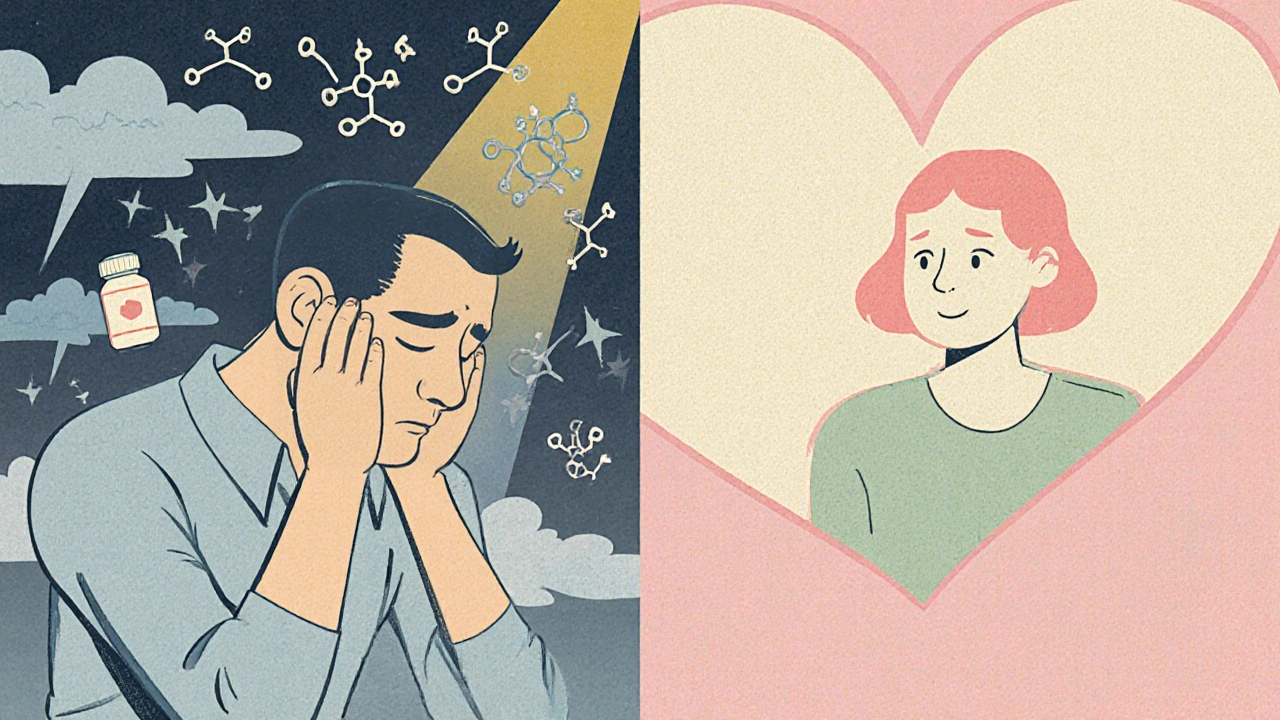
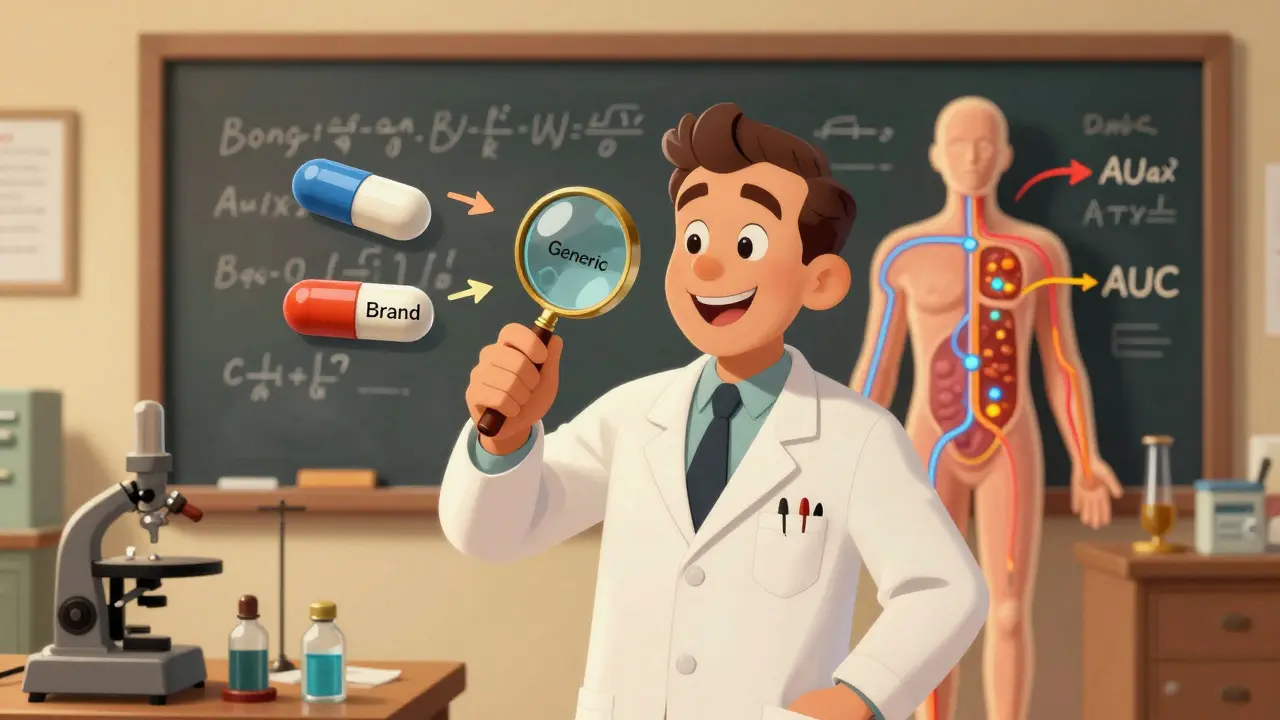
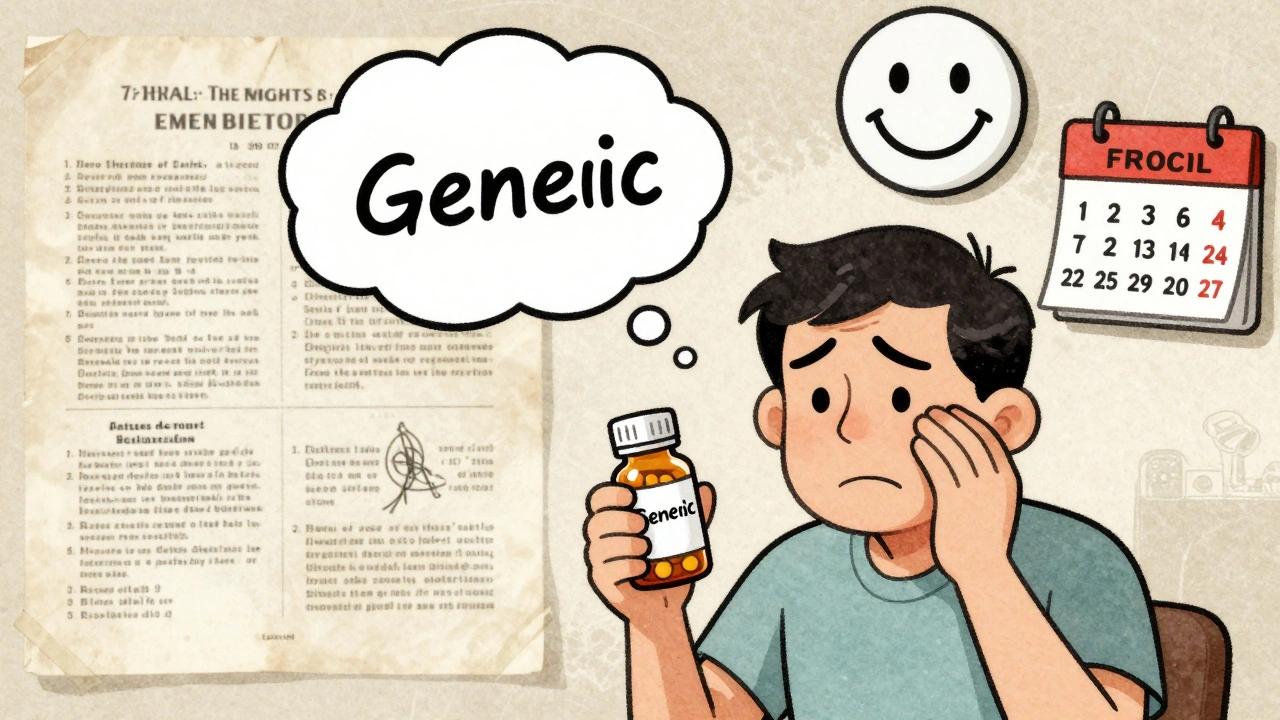

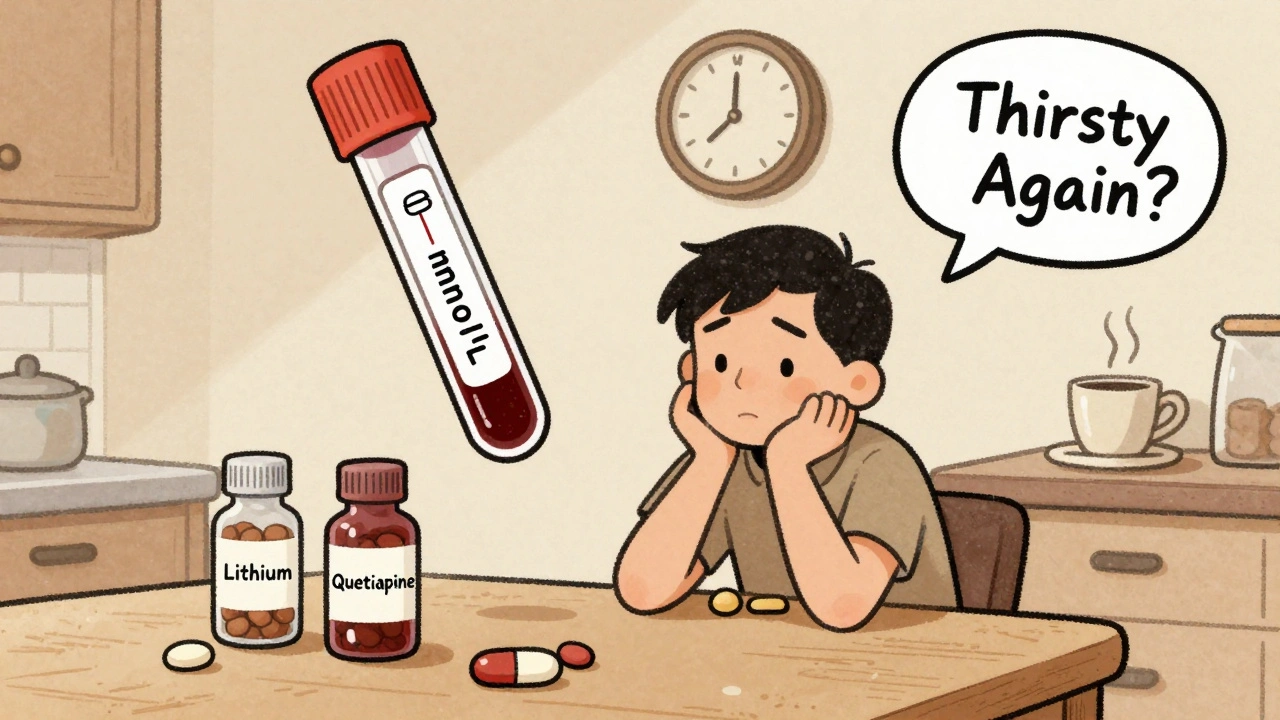
Harini Prakash
I've walked the line between low libido and asexuality for years, and the biggest thing I learned is that listening to your body beats any checklist. When stress spikes, I notice my desire dip, but the physical response-like a quick erection or lubrication-still shows up if the moment is right. If those signals never surface, even after a decade, that steadiness often points to a deeper orientation rather than a temporary glitch. Keep a simple log for a couple of weeks; you’ll be surprised how patterns pop out. And remember, whatever label feels right, you deserve respect and a community that gets it. 🌱😊
Suryadevan Vasu
Temporal fluctuations suggest an endocrine or psychosocial trigger, whereas a lifelong absence of sexual arousal aligns with a stable ace identity.
John Connolly
From a clinical standpoint, the first step is a thorough hormonal panel-testosterone, estradiol, TSH, and prolactin-because deficiencies can masquerade as low desire. Pair that with a medication review; many SSRIs and antihypertensives have well‑documented libido‑suppressing side effects. If labs are normal and the patient reports a consistent lack of attraction across contexts, consider a referral to a therapist versed in sexual orientation counseling rather than hormone therapy. It’s also helpful to discuss lifestyle factors: sleep hygiene, exercise, and alcohol intake can all tip the desire scale. Ultimately, treatment plans should be individualized: hormone replacement for genuine deficits, or psychosocial support when the experience is identity‑based.
Tim Blümel
When I first read the guide, I was struck by how clear the distinction is between a symptom and an orientation, yet many people still conflate the two, which can cause unnecessary anxiety. A key observation is that low libido typically shows a correlation with measurable physiological changes, such as altered testosterone levels or cortisol spikes during chronic stress, and these markers can be quantified through routine blood work. In contrast, asexuality lacks such biomarkers; it is defined by the persistent absence of sexual attraction regardless of hormonal status. This difference matters because it informs the therapeutic approach: medical intervention versus affirming counseling. For instance, an individual who discovers a thyroid imbalance may see a rapid improvement in desire after levothyroxine adjustment, whereas an ace individual would not benefit from such a regimen. Moreover, the emotional landscape diverges; low libido often carries frustration, guilt, or relational tension, while asexuality, once acknowledged, can bring a sense of relief and self‑acceptance. It's also essential to note that a person can be both ace and experience occasional low libido due to unrelated factors like depression or medication side‑effects. In such cases, the clinical focus should be on alleviating the secondary issue without attempting to "fix" the orientation. Social support plays a pivotal role for both groups: peer‑led ace communities provide validation, while support groups for low libido can reduce stigma and encourage open dialogue with partners. Additionally, clinicians should avoid pathologizing asexuality; labeling it as a disorder can perpetuate bias and lead to harmful "cures." Instead, framing the conversation around personal goals-whether that's achieving intimacy, managing health, or simply understanding oneself-creates a collaborative environment. Finally, I encourage anyone navigating this terrain to keep a reflective journal: record mood, medication changes, stressors, and any instances of physical arousal. Over weeks, trends will appear, guiding whether a medical evaluation or identity exploration is appropriate. 🌈✨
Remember, the ultimate aim is well‑being, not fitting into a predefined box.
Christa Wilson
Finding the right label can be so liberating! 😊
Don Goodman-Wilson
Oh great, another checklist pretending to solve every love‑life crisis-because apparently all you need is a spreadsheet and a hormone test to figure out who you really are.
Bret Toadabush
Ya know they dont tell u that big pharma push those meds just to keep ur desire low so u stay dependent on their pills, lol.
Sarah Riley
From a psychometric perspective, the variance in sexual desire aligns with multidimensional constructs of affective arousal and identity salience, warranting differentiated diagnostic pathways.
Emma Parker
hey u guys, i totally get the confusion-i was like, "am i just stressed or am i ace?" and it took me forever to figure it out lol.
Kiara Gerardino
The narrative that low libido is merely a "phase" reeks of privileged ignorance; it dismisses the lived realities of countless individuals who endure hormonal sabotage while society whispers that they simply aren't "trying hard enough" to feel desire.
Joanne Ponnappa
It's helpful to remember that both medical checks and personal reflection are valid steps, and neither path is superior-just different routes to understanding yourself.
Joe Waldron
When considering treatment, always start with a comprehensive lab panel-TSH, testosterone, prolactin, and cortisol levels-because hormone imbalances are often the hidden culprits; then, evaluate psychosocial stressors, such as work pressure or relationship dynamics, which can independently suppress libido; finally, if labs are within normal ranges and the desire remains absent across all contexts, exploring asexual identity with a qualified therapist can provide clarity and peace of mind.